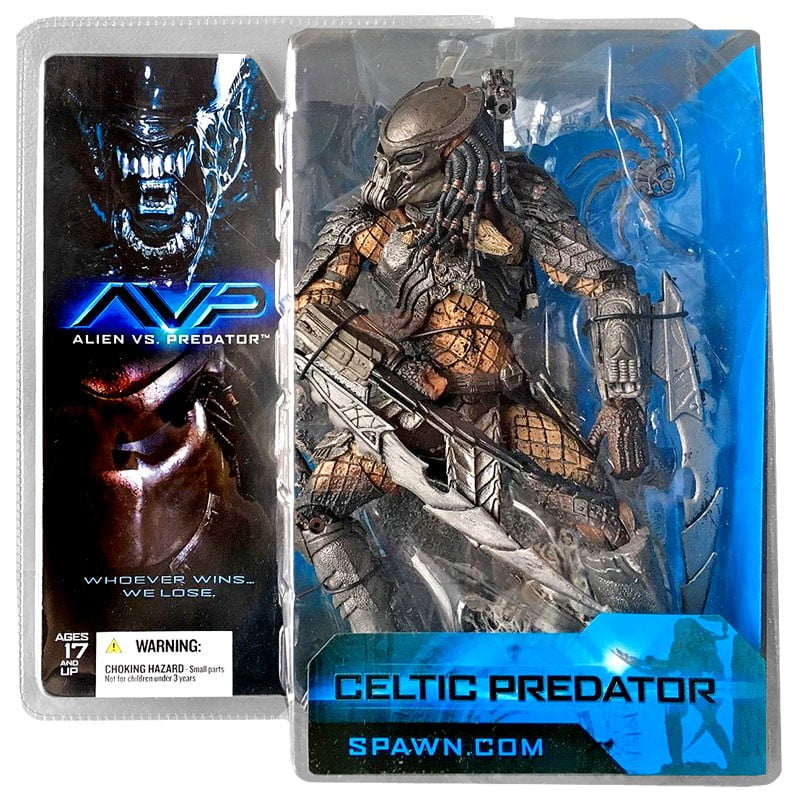

The Alien Warrior design began from the Alien moulds from Alien: Resurrection, including the renewed, ‘bulkier’ hands devised for AvP. Justin Murray’s concept of the new Alien head. “Next, an articulated puppet was attached to the actor’s under-clothing harness to writhe and snap its jaws, while blood tubes again provided a wet and horrific environment.” Animatronic versions were also used in combination with fake pregnant bellies in the ‘belly-burster’ sequence.

To portray the film’s first chestbursting sequences, “a rubber skin casting of the creature was quickly inflated while high-pressure blood lines were fired, rupturing a tear-away shirt and providing a bloody reveal,” Gillis said in AvPR: Inside the Monster Shop. The Chestburster, like the Facehugger, was again a recycled mould from Alien: Resurrection. Digital Facehuggers were implemented for more complex actions, such as those where the creatures escaped from the Predator ship. Reverse photography was used for certain sequences of the creatures leaping onto victims’ faces.

Another Facehugger was radio-controlled and fully articulated. The battery-powered puppet, in order to actually move, had to be supported with a wire - being unable to sustain its own weight by itself - which was also used to determine the Facehugger’s path in the scene. The Facehuggers were built as a series of models, including hand puppets, stunt dummies (maneuverable with wires), and an animatronic Facehugger able to run by itself with a rhythmical motion of its limbs. The creatures were given a new paint scheme, based on brown and red hues. The Facehuggers were again built starting from moulds that had been created for Alien: Resurrection. The hive was carved from styrofoam and coated with elastomeric sealant.

Reappearing in the film was the Alien hive, this time more overtly influenced by reference photographs of the sets built for Aliens. Requiem would feature the least stages of the Alien lifecycle - with a script devoid of both Eggs or a Queen despite that, it would introduce to the screen the so-called ‘Predalien’, an Alien born from a Predator host, which only had been portrayed in the AvP comics up until the film’s release. Accompanying them in the task was Hydraulx - directors Greg and Colin Strause’s own visual effects company, which provided digital counterparts for all the Alien creatures. Due to their familiarity with both the Alien series and the first AvP film, the special effects artists of Amalgamated Dynamics were again hired to bring the creature effects of the new film to the screen. Predator, a sequel was greenlit by Twentieth Century Fox.


 0 kommentar(er)
0 kommentar(er)
